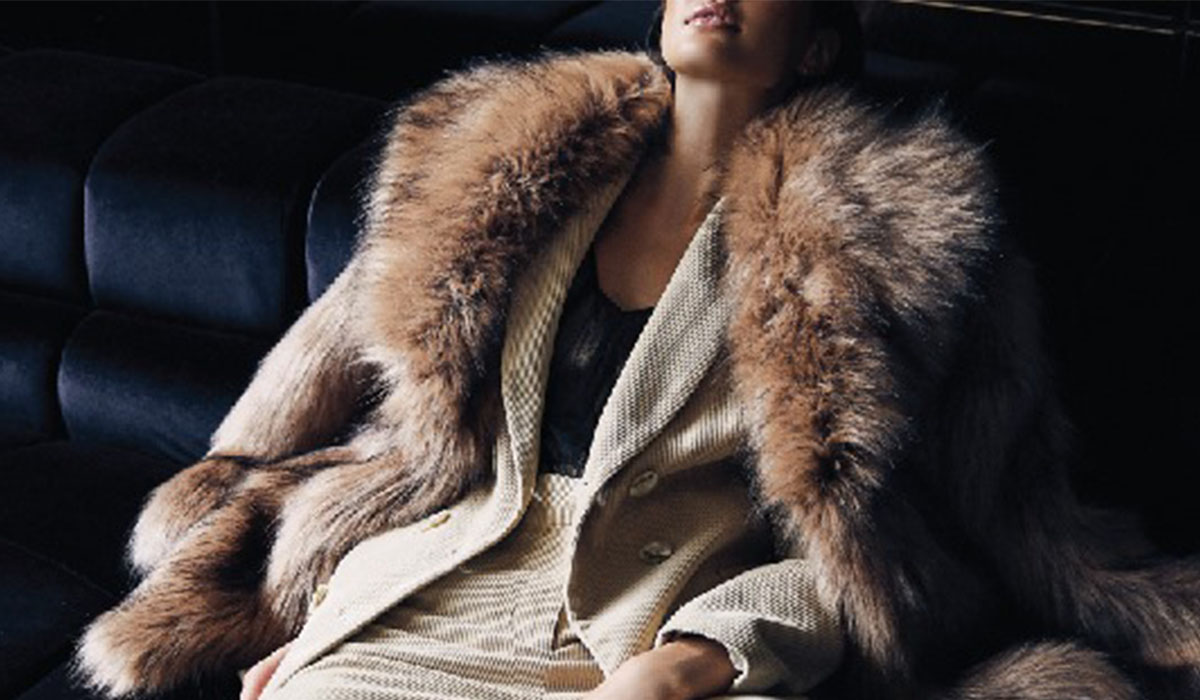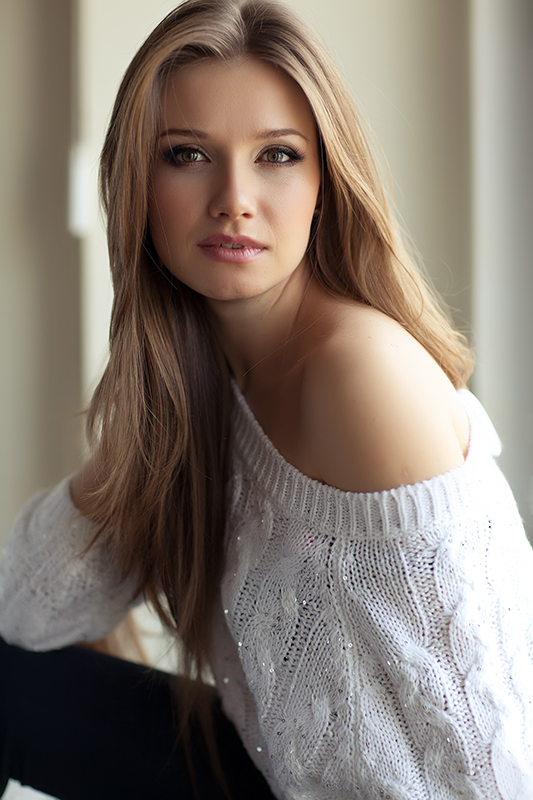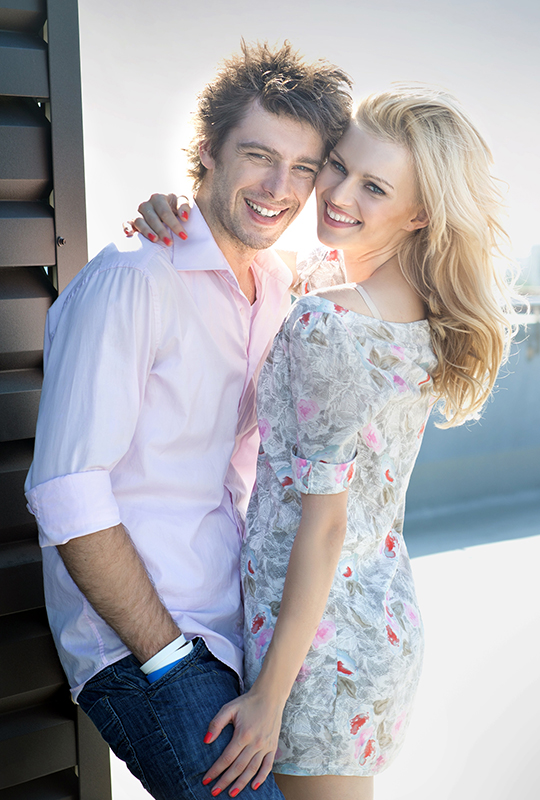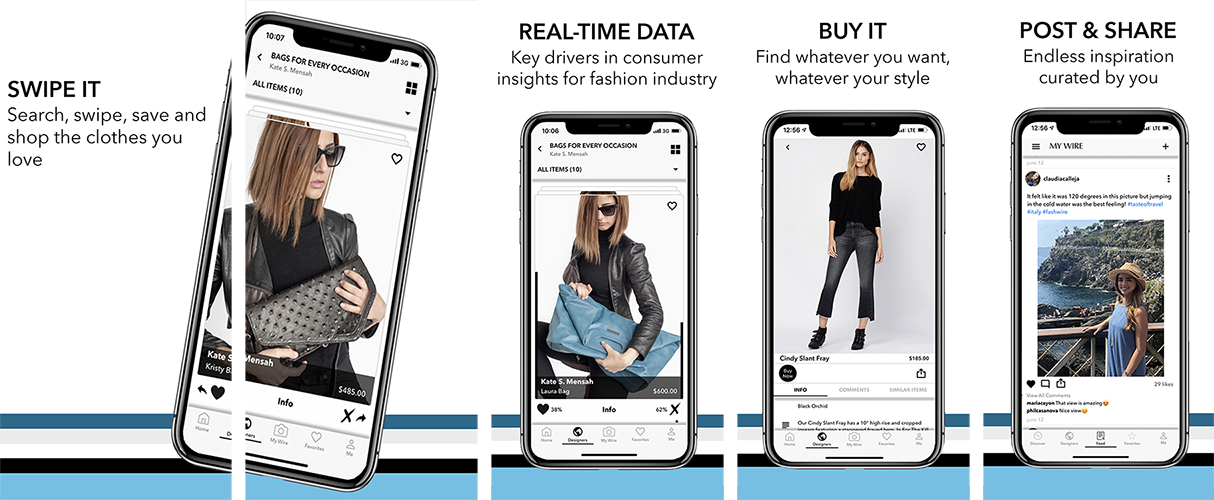
FASHTALKS WITH UNREAL FUR
Designer Interview
Sep 27, 2022 02:04 PM
When did you know you wanted to become a designer?
I evolved. I always had my interest in esthetics, architecture, beautiful independent fashion and music. It all summed up to it.
What is your earliest design memory for your brand?
The 'Fire & Ice' jacket. Inspired by Coco Chanel, explaining that her famous shoes came in white with black toes as she noticed the women on the streets of Paris’ shoes were mostly dirty at that point. Designing a jacket with long-pile fur in cream, trims in short-pile black fur made so much sense and was an amazing success
Where do you find inspiration?
Music, art, people, vintage fashion, rugs and even tiles on the walls somewhere.
What is your favorite part about designing?
The final product: when the final perfect sample is received at the office and the entire team becomes excited to see the fruit of a long process.
“The real success is in making the difference and working with other brands and retailers to go fur-free.”
How would you describe your personal style?
Nonspecific, independent. I love contrasts; old and new, tulle and denim, fur jacket over leggings or jeans. I’m at a great place where I don’t worry about what other people wear or think. I'm happy to wear what I feel like on that day.
What sets your brand apart from the rest?
Originality and quality. Our commitment to vegan-fashion with no animal content at all. The progress in ECO – from lining, puffer jacket fillers, vegan wool, vegan alpaca to branding and packaging. Our specialty in a very specific fringe product, textile, with many years of experience working closely with the mills.
What is the story behind your brand name, Unreal Fur?
Amir is the mind behind the names; Unreal Fur was agreed upon at once. At the time, we only designed in faux fur.
What types of challenges and successes do you face when working with vegan materials?
The challenges with vegan materials are not much different to the challenges with most other textiles. There are various qualities, dying techniques etc.
The real success is in making the difference and working with other brands and retailers to go fur-free (years before it was in the headlines).
The design success is in the development of amazing faux fur textures, playing with colors, knitting techniques and jacquards. Snake prints and textures, as well as designing new concepts with vegan content are attractive to both buyers and customers.
“It takes time to find your voice and markets to get the recognition your designs and vision deserve.”
What made you want to make the decision to use only vegan materials?
A love for animals and the shocking truth of ‘natural skins’ genuine leather; rabbit fur, racoon furs, tigers and leopards’ skins, alligators, etc.
One specific point came when a buyer at a reputable Australian brand asked me to develop a style in monkey-fur. Real fur. From there, Amir and I thought we shouldn’t be restricted or directed by buyers, and would go ahead with a vegan-fashion vision, designed by me.
What were some hurdles you had to overcome in your business?
Financial, as a small family-owned business. Finding the right talents for every department and the keeping the synergy between them all.
What is the one piece of advice you would give to a new designer?
Obtain experience and money behind you to support your talent and be patient. It takes time to find your voice and markets to get the recognition your designs and vision deserve.
How important is social media to your brand?
Extremely important. We’re extremely lucky to have a fantastic PR team who look after all our PR matters.
How has the fashion industry changed since you first started out?
Drastically. From a design perspective, fashion was more dictated. Designs (not garments) got dated quick as fashion was ‘IN’ or ‘OUT.’ Now, its all about style; you can dress from any era or mix it up. It’s more about how you put it together and wear it.
Australia had a great local garment industry; however, when the importing taxes and limits were removed, almost the entire production of the industry moved to Taiwan, Korea and China. This had changed the product.
What can consumers expect to see next from your brand?
Further developments with better environmentally friendly contents, gender-neutral styles and fun capsules in between our main winter collections.
Do you find it difficult to have a brand based in Australia? What are the perks versus the challenges?
It is not very difficult as so much is done digitally these days anyway. The perks are living in Melbourne with family, friends and Melbourne’s beautiful multi culture tastes and colors.
What do you envision for the future of your brand?
Further expansion globally. The potential is huge. Taking the next big step forward in terms of becoming 100% carbon neutral.




